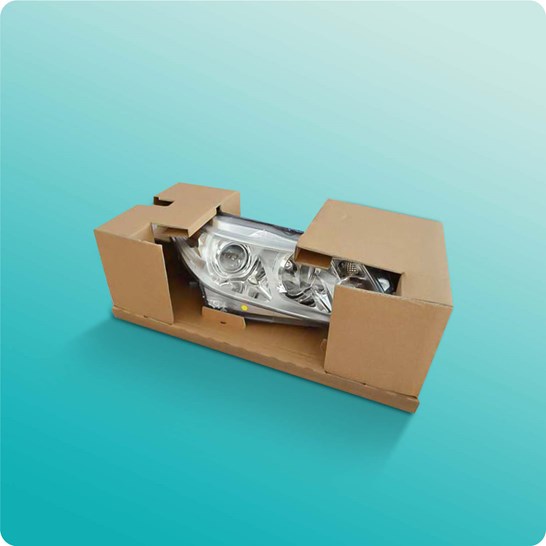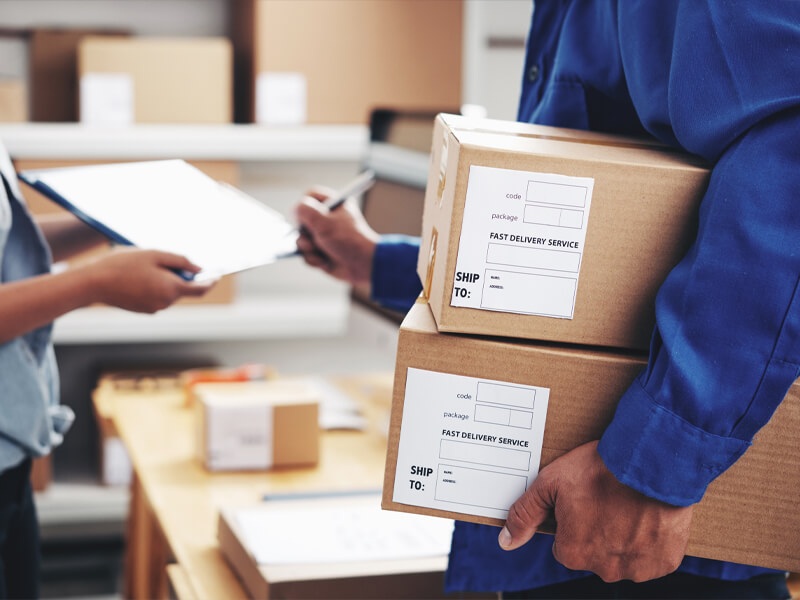Cutting-edge Industrial Packaging Solutions: Raising Your Products
Cutting-edge Industrial Packaging Solutions: Raising Your Products
Blog Article
Reliable Industrial Recycling Solutions for Lasting Packaging: A Comprehensive Overview
That's where this thorough guide on efficient commercial recycling services for sustainable product packaging comes in. By discovering key locations such as packaging product selection, creating for recyclability, executing reusing framework, teaming up with reusing partners, and monitoring and determining reusing success, this guide will certainly furnish you with the knowledge and tools needed to make enlightened choices and drive positive adjustment within your organization. Whether you're a product packaging professional, sustainability supervisor, or just interested in the subject, this overview will certainly provide important insights and methods to aid you browse the globe of sustainable packaging.
Product Packaging Material Selection
The choice of packaging materials plays an important role in making sure the sustainability of commercial recycling solutions. The selection of materials is essential in reducing environmental influence and making the most of recycling performance when it comes to sustainable packaging. Selecting the right products can assist reduce waste generation, save resources, and promote a circular economy.
Materials like cardboard, paper, glass, and particular kinds of plastics can be reused several times without losing their quality. On the other hand, products that are challenging to recycle, such as combined plastics or non-recyclable compounds, can create challenges for the recycling process and may finish up in burners or landfills.
One more factor to consider is the use of renewable and biodegradable products. Packaging made from renewable energies, such as plant-based plastics or biopolymers, can assist decrease dependency on nonrenewable fuel sources and minimize climate change. Additionally, biodegradable materials break down naturally gradually, minimizing the accumulation of waste in landfills.
Additionally, the weight and quantity of packaging products ought to be decreased to minimize transport prices and energy consumption. Light-weight products not just require fewer sources throughout manufacturing yet likewise add to lower carbon emissions throughout transportation.
Creating for Recyclability
Packaging developers ought to focus on the use of products that are widely accepted for reusing and have established recycling facilities. Materials such as glass, light weight aluminum, and specific kinds of plastic, like Animal and HDPE, are generally reused and should be preferred over products that are costly or tough to reuse.
An additional crucial consideration in making for recyclability is the removal of unneeded parts or materials. By reducing the number of layers, layers, and extra elements, product packaging can be made less complex and much easier to recycle. Furthermore, developers need to aim to lower the usage of blended products, as they can make complex the recycling procedure.

Implementing Recycling Facilities
Reliable application of recycling framework is essential for the success of industrial reusing options. Without appropriate framework in position, the recycling process becomes inefficient and inefficient, preventing the total objective of lasting product packaging.
To execute reusing facilities effectively, several key variables need to be taken into consideration. Firstly, there ought to be an efficient collection system that facilitates the splitting up and collection of recyclable products. This can include marked reusing containers in public areas, in addition to collaborations with waste administration firms for curbside pick-up and sorting.
As soon as gathered, the recyclable products need to be transferred to recycling facilities in a timely fashion. This calls for effective logistics and transport networks, making certain that the materials get to the appropriate facilities immediately.
At the reusing facilities, advanced sorting and handling innovations ought to remain in area to divide various kinds of materials properly. This includes using automated sorting devices, optical scanners, and hands-on sorting strategies.
Moreover, there must be a durable market need for recycled products. This can be achieved via collaborations with makers and markets that make use of recycled products in their production procedures. Creating a secure market for recycled products incentivizes the reusing market and promotes bulk container recycling the circular economy.
Collaborating With Recycling Allies

One trick aspect of collaborating with recycling partners is the facility of clear interaction networks. It is very important to establish open lines of interaction to facilitate the exchange of info, updates, and comments. This allows both parties to stay notified regarding the progress of reusing campaigns and attend to any challenges or issues that may develop.
Additionally, cooperation can include collaborations in developing and implementing recycling programs. Recycling partners can give useful understandings and guidance in developing efficient collection systems and determining one of the most appropriate recycling innovations. By collaborating, services and reusing partners can maximize the recycling procedure and lessen waste.
Moreover, cooperation can prolong beyond the operational elements of reusing. It can additionally encompass advocacy and education and learning efforts. By signing up with forces, companies and recycling companions can increase understanding about the relevance of recycling and advertise the adoption of lasting product packaging practices amongst consumers and various other stakeholders.
Tracking and Measuring Recycling Success
To ensure the performance of commercial reusing solutions and the success of lasting product packaging objectives, it is vital for companies and their reusing partners to develop an extensive system for tracking and determining reusing success (industrial metal packaging). Tracking and gauging recycling success enables companies to analyze the effect of their reusing initiatives, recognize locations for renovation, and set meaningful targets for future development
One method to track recycling success is with the use of information collection and analysis tools. By gathering data on the amount of product packaging waste created, the percentage of waste that is recycled, and the sorts of materials being recycled, businesses can get beneficial insights into their reusing efficiency. This information can after that be analyzed to identify patterns, patterns, and areas of inadequacy.
One more essential element of monitoring and determining reusing success is establishing standardized and clear metrics. This allows businesses to compare their performance against sector benchmarks and track their progression gradually. Metrics such as recycling rates, waste diversion rates, and greenhouse gas emissions can give a quantitative step of a business's reusing success.

Conclusion
To conclude, applying reliable industrial recycling remedies for sustainable product packaging needs cautious consideration of product packaging product selection, creating for recyclability, implementing reusing infrastructure, working together with reusing companions, and tracking and gauging recycling success. By incorporating these methods, organizations can add to a more environmentally-friendly and sustainable strategy to packaging, minimizing waste and advertising the round economic situation.
By discovering vital locations such as packaging material selection, creating for recyclability, carrying out recycling framework, working together with recycling partners, and tracking and measuring reusing success, this guide will furnish you with the knowledge and devices necessary to make educated decisions and drive favorable change within your organization. Product packaging developers ought to prioritize the use of products that are commonly approved for recycling and have developed recycling infrastructures.Partnership with reusing companions is vital for the effective application of commercial reusing options and the achievement of lasting product packaging objectives. By signing up with forces, businesses and reusing companions can elevate understanding about the importance of reusing and advertise the adoption of sustainable product packaging techniques amongst customers and various other stakeholders.
By gathering information on the amount of product packaging waste produced, the portion of waste that is reused, and the kinds of products being reused, companies can acquire valuable understandings right into their reusing performance.
Report this page